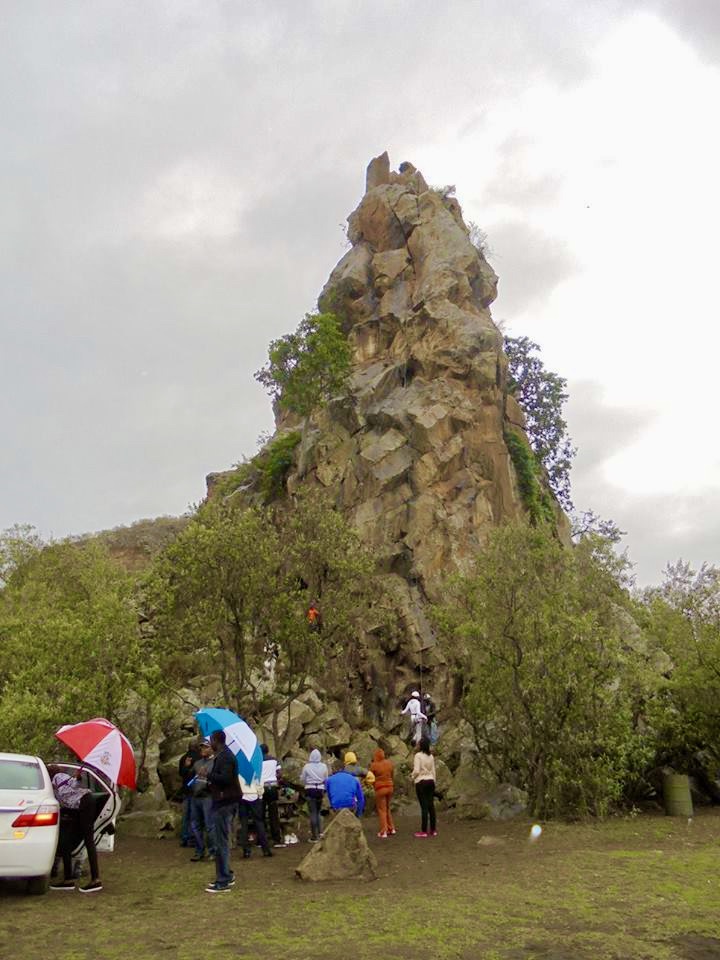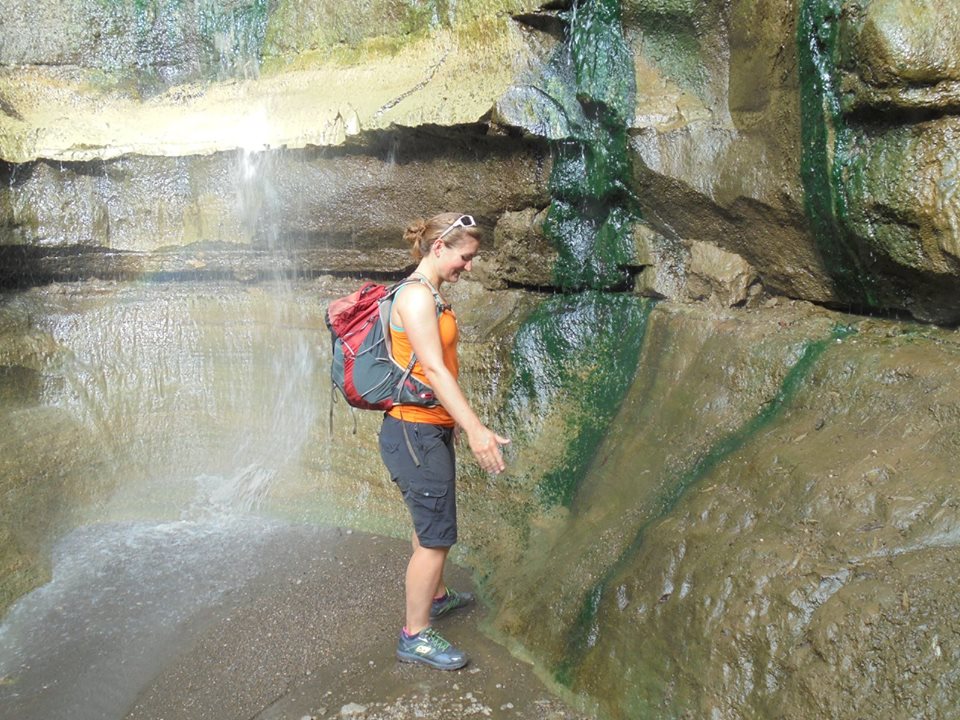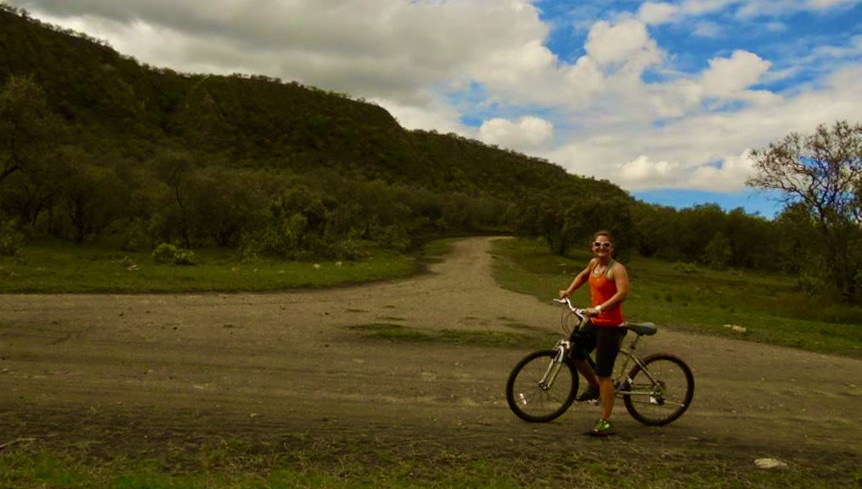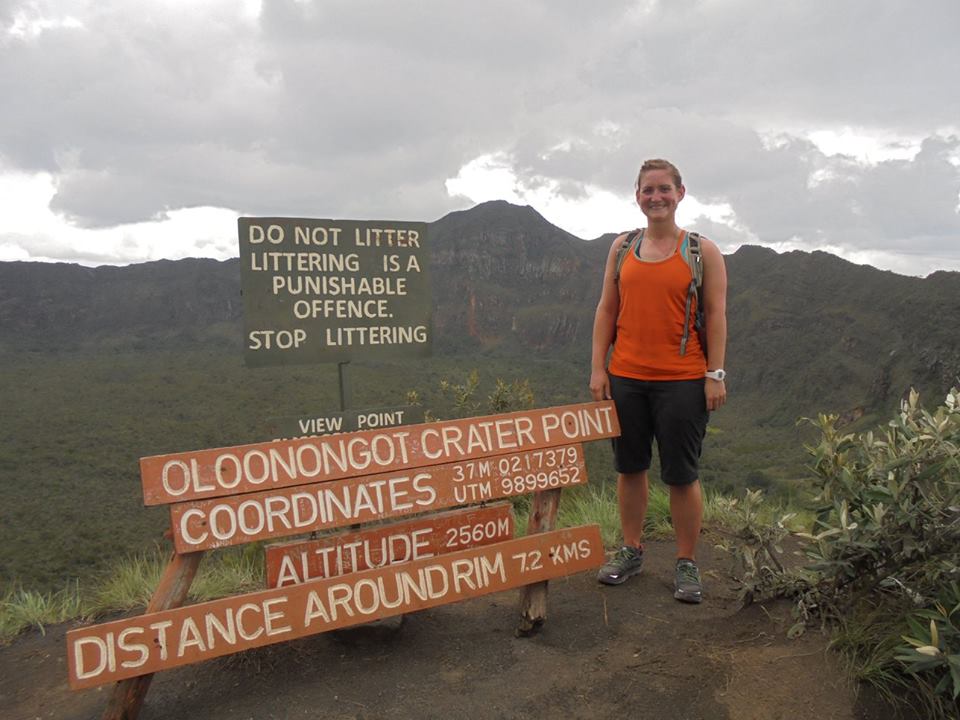Maybe I’d just got used to things in Zambia after a few months there but Kenya felt harder to get around on my own. Its tourism industry seemed to revolve around organised multi-day safaris staying at wonderful lodges, not a wandering person wanting to get places by public transport. A security guard in Nairobi warned me not to walk anywhere alone; that probably didn’t help matters. So often though, I’m left with a choice either to do nothing from fear, pay extortionate amounts to join a guided group, or sort it out and go it alone. I choose the third option as much as I can but that doesn’t mean I’m stupid about it.
My personal rules for taking matatus on my own:
- Check whether there is another female in the van before getting in
- Never ever travel after dark
- Have small notes and coins ready in your hand/pocket for the fare
- Download all maps onto maps.me, pin where you are going and all landmarks
- Know where you are going or staying when you get off the matatu; walk with purpose
- There’s no reason to be rude! Be friendly but firm
Having said all of that, I only ever had one problem during my time in Kenya which was scary but was far outweighed by the number of helpful, friendly, lovely, generous encounters I had.

The first place that I really wanted to go was Hell’s Gate National Park, named after a gap in its mountains. I’d read that you could rent bikes and cycle around: something that I never heard of in other parks. To get there, I took a matatu from Nyamakima Bus Stage (near River Road in Nairobi) to Naivasha. The road passes green, green valleys and flower farms. At Naivasha, I walked across the road to another matatu station to find one going around South Lake Road. I got off outside Camp Carnelley’s where I stayed. It was still raining quite hard and the dorms were very cold so I hide in the bar with copious amounts of hot tea. It’s a nice campsite but would certainly benefit from visiting at a sunnier, warmer time of year.
The next day, I rented a bike from the Camp (you can also do this near Elsa Gate entrance to the park, 600 shillings for the day) and started exploring. There’s a small map on the back of the entry ticket when you purchase entry for you and your bike. There’s also a map board near the entrance: take a photo of this because there are no maps within the park.
It was incredible cycling through herds of zebra, weaving around warthogs having a mud-bath in a pothole while being watching by curious giraffes. Watch out for the water buffalo! I stopped by Fischer’s Tower and enviously watched the local climbers.

The road sparkled with obsidian and I reached the entry to Ol Njorawa gorge. A small boy followed me into the gorge, wanting to be my guide. Apparently it’s now compulsory to have a Maasai guide in the canyon. I didn’t go far, being wary of flash flooding given the rains (a very real danger; there were signposts showing emergency ways out of the gorge). I felt the hot water coming out of the rocks before returning to my bike.
I went a little further than perhaps I should have done. Around the back side of the park, I discovered a tarmac road and a massive, ugly geothermal station. Apparently 15% of the country’s energy is generated from natural sources: the price of which is this eyesore and tribal peoples being forced off their lands under the auspices of a “national park”.
It was then that the rain and thunder really started and I was stuck trying to wheel a bike through mud. It poured and poured as I struggled through hills with no signposts, keeping an eye on a mountain to my right, calculating whether it remained the highest point for lightning to strike or whether I and my metal bike would be the target. I escaped, the rain abated and I rolled down back to camp and a very welcome warm shower.

My faithful bike 
Mount Longenot summit
BONUS SIDE-TRIP: MOUNT LONGENOT
A great side-trip to combine with Hell’s Gate National Park is Mount Longenot, a 2560m high extinct volcano. I took the matatu back to Naivasha, then waited a long time for another matatu going in the direction of Mai Mahiu to fill up. I watched a man shelling hard-boiled eggs in one smooth motion with a spoon, adding salt and relish, and handing them over to customers. The matatu finally got underway and dropped me about 5km from the park entrance. The volcano took shape in front of me a a huge upturned bowl against the sky.
It’s a good hike to the top, not particularly steep, and I was rewarded by the views. In the crater itself, a hidden, steaming forest silently grows. Around me, I could see across the Rift Valley and even make out Fischer’s Column from yesterday. I attempted to hike down to the crater floor but there was no real trail and the way became too steep and the ground too hot. So instead, I circumnavigated the rim and helpfully had a lift most of the way back with a friend I’d made on the walk. A lady at the matatu stop laughed when I told her I’d been in Kenya a week, saying I looked like I’d been there months. Maybe it’s time for another shower.